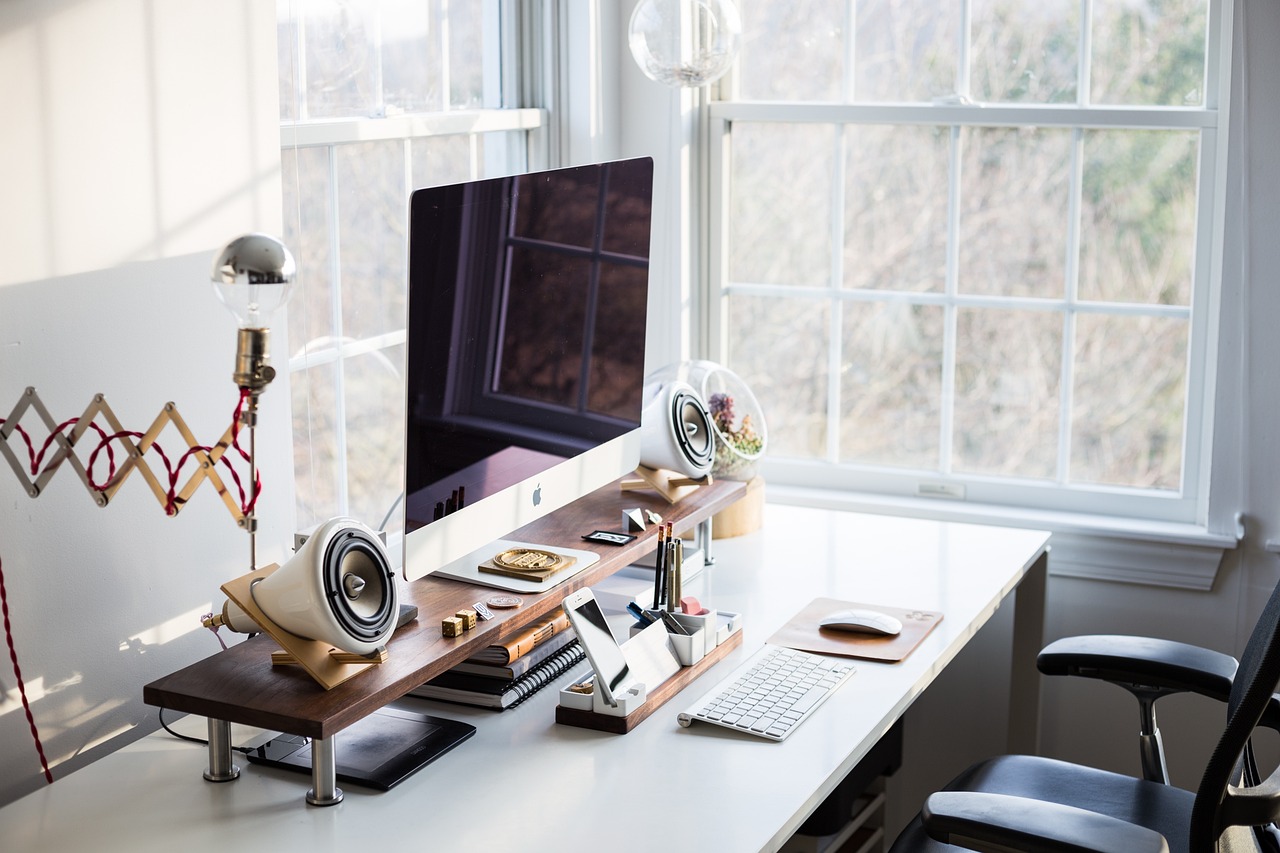In an era where remote learning is becoming increasingly common, creating a distraction-free home learning environment is essential for success. Whether you’re a student trying to excel in your studies or an adult pursuing skill development, distractions can quickly derail your focus and productivity. With the right strategies in place, however, you can design a space and routine that fosters concentration and encourages effective learning. In this article, we’ll dive into practical steps to eliminate distractions and transform your home into a productive learning hub.
Identifying Common Distractions at Home
One of the first steps in creating a distraction-free home learning environment is recognizing the most common sources of interruptions. At home, distractions come in many forms. These can include household chores, noise from family members or pets, social media, and even the temptation to multitask. While these distractions may seem small, they can significantly hinder your ability to focus and absorb information effectively.
Understanding what pulls your attention away from your studies is key to eliminating these interruptions. Start by conducting a “distraction audit.” Take note of the times and situations where your attention is most easily diverted and create a plan to address them. By identifying distractions early on, you can implement solutions that allow you to stay engaged in your learning journey.
Setting Up a Dedicated Learning Space
To cultivate a distraction-free environment, it’s crucial to set up a dedicated learning space in your home. A designated area for studying signals to your brain that it’s time to focus. Choose a location that is quiet and away from areas where you typically relax or engage in leisure activities. This physical separation helps reinforce the idea that this space is for productive work only.
Your learning space should be comfortable but not overly inviting. Keep it free of unnecessary items that might tempt you to engage in non-study-related activities. A clean, organized space minimizes mental clutter, allowing you to concentrate better. Ensure your desk is equipped with all the necessary materials, such as books, notebooks, pens, and technology. Having everything you need within arm’s reach will prevent you from needing to get up and disrupt your flow.
Managing Digital Distractions
In today’s digital world, the most significant distractions often come from our devices. While smartphones, laptops, and tablets are necessary for learning, they can also serve as a constant source of temptation. Social media, notifications, and the urge to check emails can easily derail your focus.
To combat digital distractions, consider using apps or tools that help you stay on track. For example, apps like Freedom or Focus@Will can block distracting websites or apps during designated study hours. You can also turn off notifications on your devices or set your phone to “Do Not Disturb” mode while learning. If possible, try to use a dedicated device for your studies, keeping your personal device out of sight to avoid temptation.
Establishing a Routine for Productivity
A well-structured routine is another crucial element in maintaining a distraction-free learning environment. When learning at home, the lack of a strict schedule can lead to procrastination and inconsistent productivity. Establishing a consistent daily routine will help you stay disciplined and focused.
Start by setting specific study hours each day and sticking to them as much as possible. Create a clear agenda for what you want to accomplish during each session, breaking larger tasks into smaller, more manageable steps. Regular breaks are also essential—use the Pomodoro technique or a similar method to balance focused work with short rest periods. A routine doesn’t just help with productivity; it also reinforces a sense of discipline and mental clarity, making it easier to get into the “zone” during each study session.
Maintaining Mental Clarity and Focus
Maintaining mental clarity and focus is the foundation of a distraction-free learning environment. While your physical environment plays a significant role, your mental state is equally important. Mindfulness and mental exercises can greatly enhance your ability to concentrate and reduce the impact of distractions.
Start by incorporating relaxation techniques into your daily routine. Meditation, deep breathing, or even a brief walk can help clear your mind and reset your focus. Additionally, make sure to get enough sleep, eat nutritious meals, and engage in regular physical activity to keep your body and mind in top shape. When you feel physically well, your ability to concentrate improves, making it easier to stay productive during study sessions.
Another key technique to improve focus is setting clear, achievable goals. Knowing what you aim to accomplish during each study period can sharpen your concentration. This sense of purpose drives motivation and keeps distractions at bay. Visualizing your goals can also help solidify your focus—whether it’s achieving academic success or mastering a new skill, having a clear objective will guide you through each session.
Summary: Creating an Optimal Learning Environment at Home
Creating a distraction-free home learning environment is not just about eliminating distractions; it’s about cultivating an atmosphere where productivity and focus can thrive. By identifying common distractions, setting up a dedicated learning space, managing digital interruptions, and establishing a solid routine, you can optimize your home environment for learning success. Don’t forget to maintain your mental and physical well-being, as it plays a vital role in sustaining focus. With these strategies in place, you’ll be well on your way to creating an environment where learning can flourish, helping you achieve your academic and professional goals.
Please like, comment, and share this article if you found it helpful and
informative.
Visit Big Town Bulletin if you would like to see more of this content.
Please like, comment, and share this article if you found it helpful and
informative.
For more news check out Big Town Bulletin News
For more from Big Town Bulletin check out Big Town Bulletin


